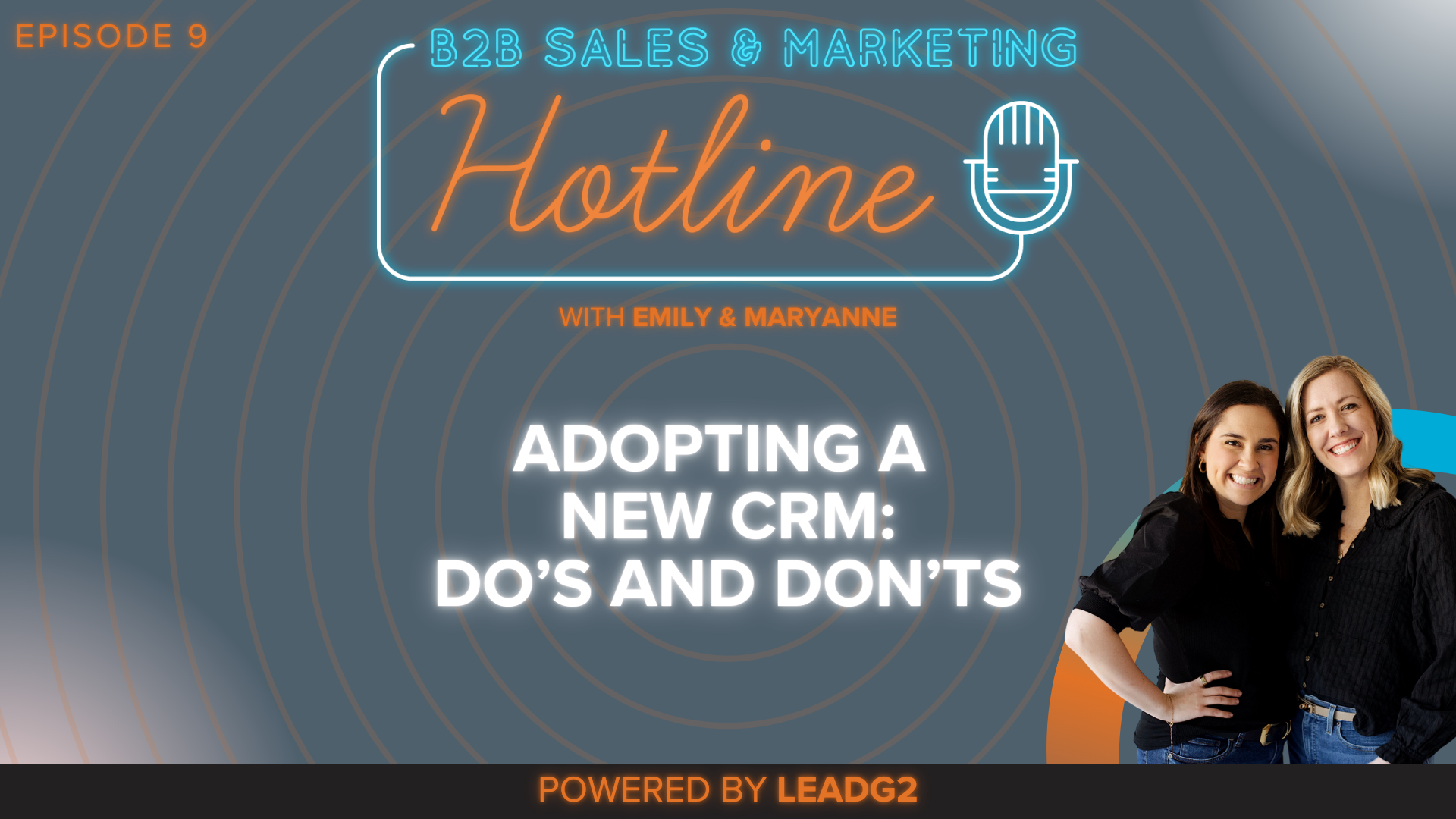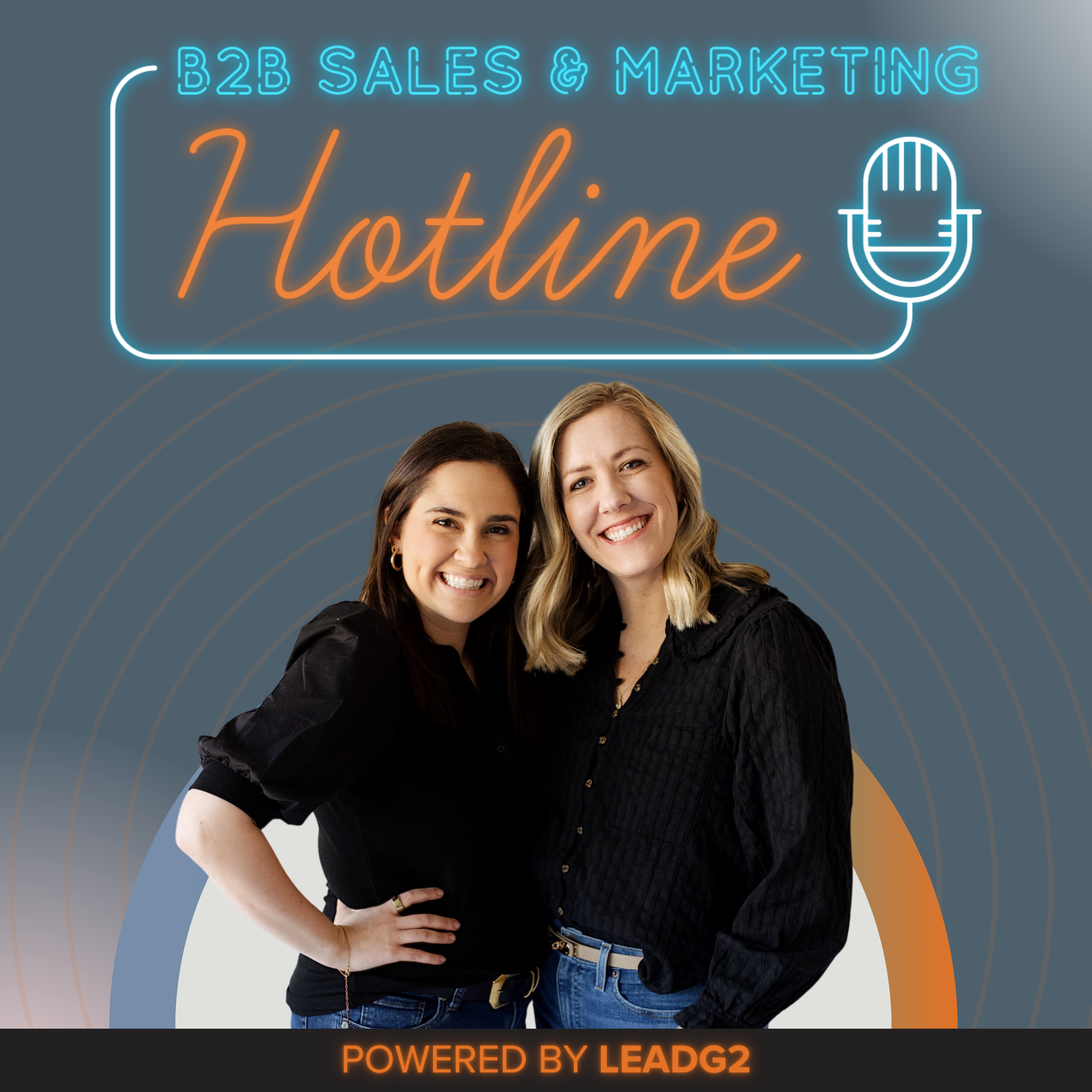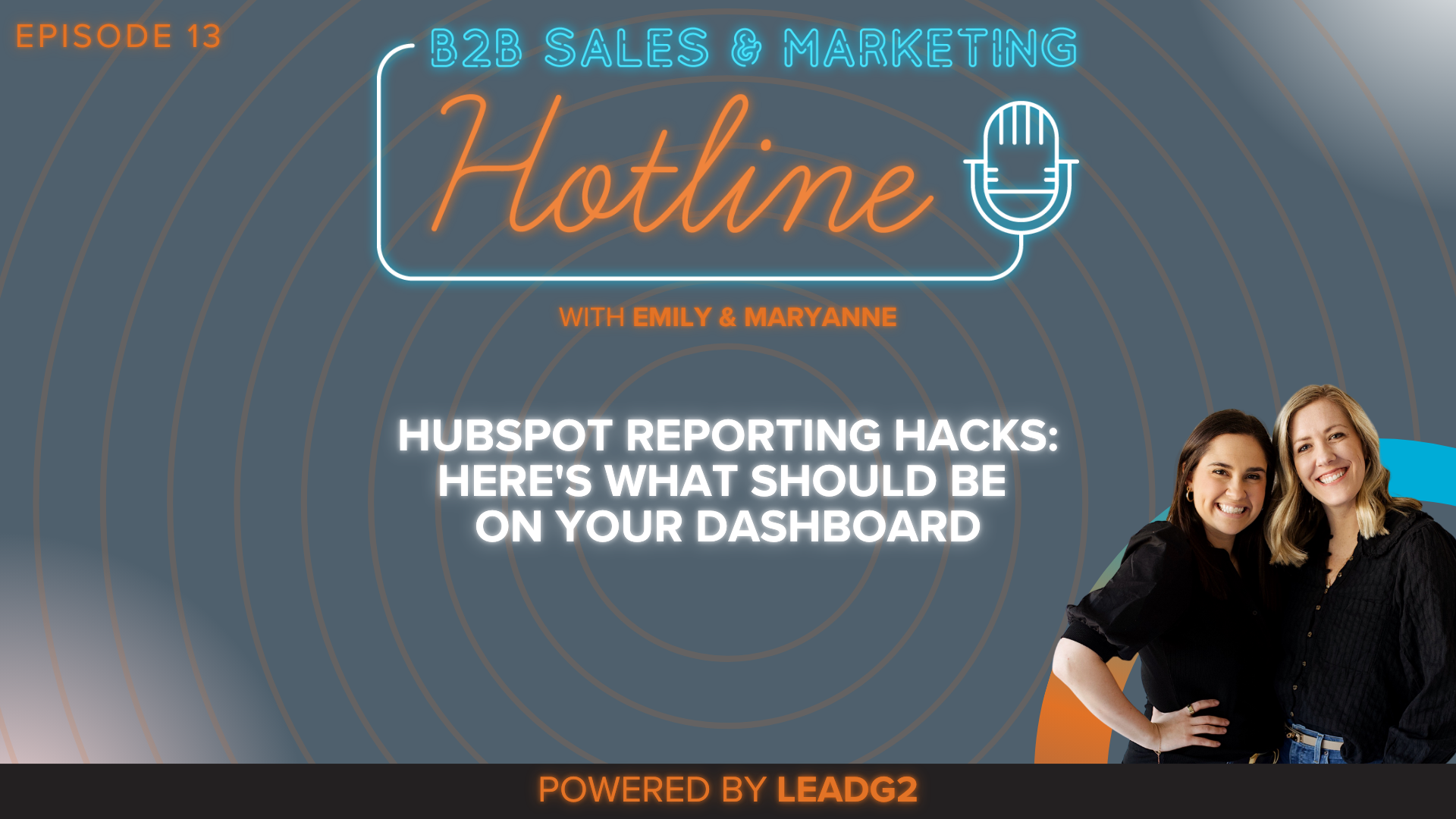

Emily and Maryanne dive into the essentials of adopting a new CRM, sharing their top do’s and don’ts to help you get the most out of your CRM implementation. Whether you're upgrading or starting fresh, they cover best practices for setting up, training, and optimizing your CRM system.
Together, they cover:
- Key do’s for CRM setup, including evaluating options and setting business goals
- Common don’ts to avoid, like overcomplicating workflows and neglecting data quality
- The importance of training, user feedback, and ongoing adjustments
Listen to the episode above or read more below for actionable tips to successfully integrate and maximize the impact of your CRM.
Understanding CRMs: More Than Just a Tool
Before getting into the do’s and don’ts, Emily and Maryanne discuss what a CRM truly is. A CRM (Customer Relationship Management) system is more than just software—it’s a strategy used by businesses to organize and analyze customer data and interactions across touchpoints.
The ultimate goal is to improve customer service, retention, and sales growth by fostering relationships with clients. Even if you're not using a formal CRM, chances are, you’re already tracking customer interactions—whether it’s in an Excel sheet, a simple note app, or your phone’s contact list.
CRM Do's: Best Practices for Smooth Implementation
Emily and Maryanne share several best practices to ensure your CRM adoption is successful:
-
Evaluate Your CRM Options
Choosing the right CRM for your business is crucial. It’s not a decision to take lightly. Evaluate your options carefully, taking into account your business needs, company size, pricing, and necessary features. Whether it’s Salesforce, HubSpot, or another CRM, take advantage of free trials and demos to find the best fit before making a commitment. -
Align CRM Setup with Business Goals
When setting up your CRM, ensure it aligns with your business objectives. It’s not enough to simply set up all the features; think about how you’ll use the CRM to achieve your goals. Consider what data you need to collect, and design forms and properties accordingly. -
Involve Multiple Departments
CRMs are not just for sales teams—they benefit customer service, marketing, and other departments as well. Make sure to involve all relevant departments in the CRM setup to ensure everyone’s needs are met. This will increase user adoption and make sure the system supports your company’s overall objectives. -
Data Migration and Cleanup
When moving from an old CRM or data source, prioritize the migration and cleaning of your data. Avoid the temptation to simply dump everything from the previous system into the new CRM. Take time to clean up outdated or irrelevant data to ensure your new CRM holds only the most useful and accurate information. -
Ongoing Training and Support
CRM training is not a one-time event—it’s an ongoing process. Make sure your team is regularly trained on how to use the CRM, and that there are resources available for any questions. Ensure your training plan includes different methods such as live sessions, video tutorials, and one-on-one training as needed. -
Review and Adjust Regularly
As your business evolves, so should your CRM. Regularly assess if your CRM setup still meets your needs and adjust accordingly. Whether it’s adding new properties or modifying reports, don’t settle for a “set it and forget it” approach.
CRM Don'ts: Pitfalls to Avoid
While implementing a CRM can provide significant benefits, there are common mistakes that can lead to frustration or failure. Here are some of the biggest pitfalls to avoid:
-
Underestimate the Implementation Process
CRM implementation is a big task that takes time and resources. Don’t underestimate the complexity of setting up the system, migrating data, and getting everyone onboard. Ensure you allocate enough time and support to handle the transition smoothly. -
Neglect Data Quality Alerts
CRMs like HubSpot come with built-in tools to help you maintain data quality, such as alerts for duplicate contacts or integration failures. Don’t ignore these alerts—take time to address them regularly to ensure your data remains accurate and actionable. -
Overcomplicate the System
It’s tempting to add complexity, but remember that a simple CRM setup is often the best. Avoid overcomplicating workflows and processes, especially in the early stages. Focus on the basics and only add complexity as needed when your business grows. -
Ignore User Feedback
As you set up and use the CRM, gather feedback from the actual users—sales teams, marketing, and customer service staff. They are the ones interacting with the CRM daily, so their insights are invaluable in ensuring the system works effectively and doesn’t become overly complicated. -
Expect Immediate Results
Adopting a new CRM is a long-term investment. Don’t expect immediate results right after implementation. It takes time for teams to adjust to the new system, and even longer for the full impact to be felt. Consistent training, feedback, and gradual adoption are key to success.
Final Takeaways
The adoption of a CRM system is an investment in the future of your business, but only if implemented properly.
By carefully selecting the right CRM, aligning it with your business goals, involving all departments, cleaning up your data, and providing ongoing training, you can ensure a successful transition. Avoid common pitfalls like underestimating the time and complexity of implementation, neglecting user feedback, and overcomplicating your CRM setup.
CRM adoption is a journey—one that requires patience, careful planning, and continuous improvement. Follow these do’s and don’ts to help your team fully embrace your new CRM and maximize its potential for your business.
-756898-edited.jpg)
How to Determine if the HubSpot CRM is Right for Your Sales Organization
Customer Relationship Management (CRM) software has been one of the fastest-growing business application segments for the last several years. There...
.png?width=2250&height=647&name=LeadG2-logo_(2).png)
 Brent Tripp
Brent Tripp

